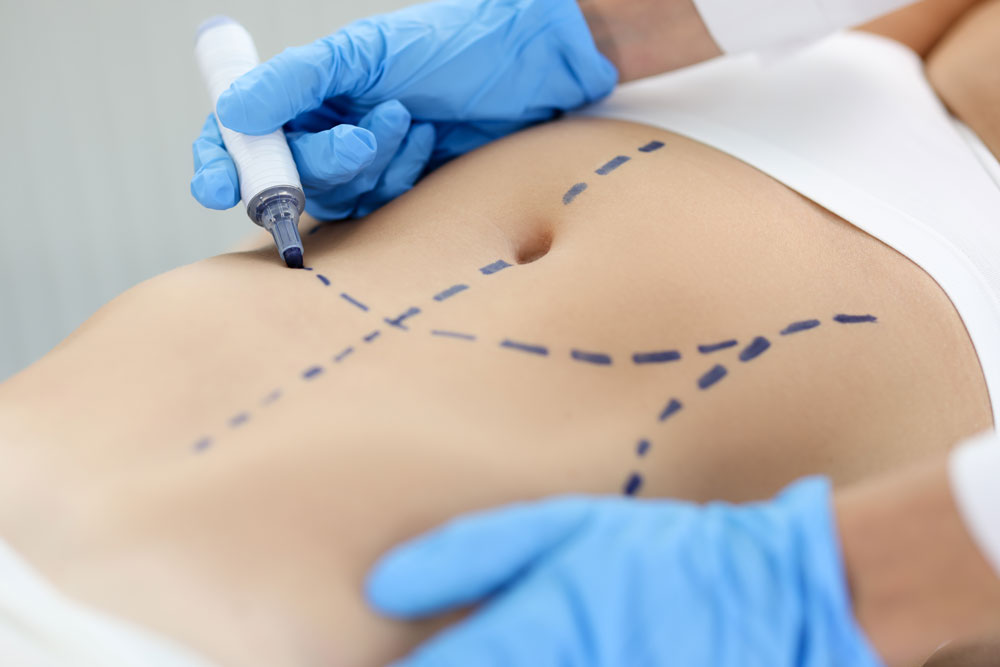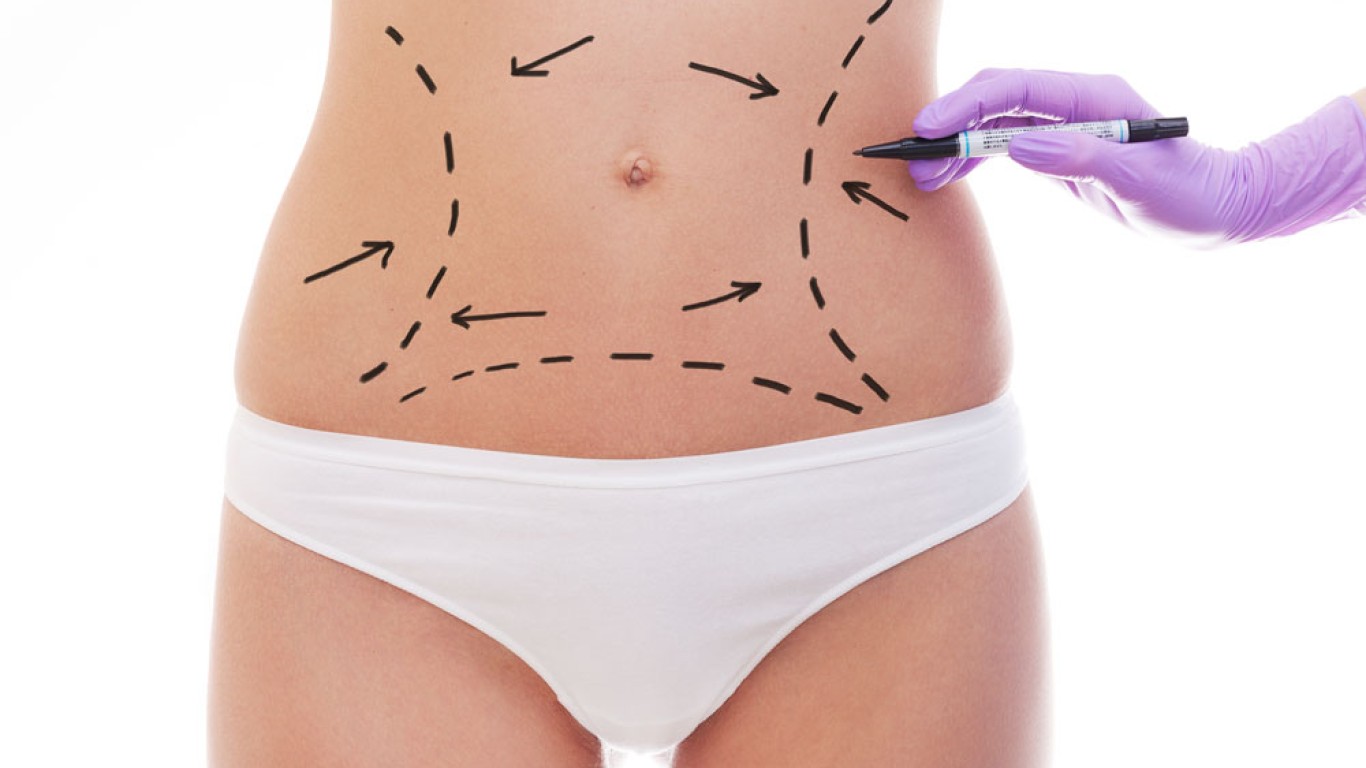Introduction
If you are considering abdominal surgery for cosmetic or functional reasons, a mini tummy tuck may appear appealing. This less invasive procedure offers a shorter scar, quicker recovery and improved lower belly contour. But many people also ask: can it help with muscle repair?
It’s important to understand how abdominal muscles are affected during weight gain, pregnancy or ageing. Let’s explore what a mini tummy tuck offers.
What Is a Mini Tummy Tuck?
A mini tummy tuck focuses only on the area below the navel. It is designed to remove loose skin and small fat deposits from the lower abdomen. Unlike a full tummy tuck, this procedure does not reposition the belly button. Or involve extensive skin tightening across the upper abdomen. It is best suited for individuals close to their ideal weight but struggling with a persistent lower belly bulge.
Because the procedure is limited in scope, it is generally less invasive. Additionally, recovery is faster, with many patients returning to work in less than two weeks.
Does a Mini Tummy Tuck Include Muscle Repair?
Typically, a mini tummy tuck does not include abdominal muscle repair. It only targets the lower abdominal wall, and most muscle separation occurs above the navel.
Full tummy tucks involve cutting through the abdominal wall. Then stitching the rectus muscles back together. During a mini procedure muscle tightening may not be necessary. It depends on the placement of the separation. But for wider muscle separation, a full tummy tuck will likely offer better results.
Who Might Benefit from Muscle Repair?
Muscle separation is common among women after pregnancy. It can also happen due to significant weight gain or ageing. People with diastasis recti may experience poor core strength, lower back pain or posture issues. In such cases, muscle repair can help restore strength and abdominal function.
The mini version does not extend above the navel. Patients with full-length separation will not benefit from this limited approach.
When Is a Mini Tummy Tuck Suitable?
A mini tummy tuck is ideal for individuals with good muscle tone but mild lower belly issues. You may be a candidate if:
- You have a flat upper abdomen
- Muscle tone above the navel is strong
- Skin laxity and fat are localised below the belly button
- You do not require belly button repositioning
Because the surgery focuses only on the lower abdominal region, the results are subtle. It can greatly improve confidence and clothing fit without major downtime.

What Happens During the Mini Tummy Tuck Procedure?
The procedure usually takes 1 to 2 hours. It is performed under general or local anaesthesia with sedation. A small incision is made just above the pubic area. Through this, the surgeon removes excess skin and may perform light muscle tightening if needed. Liposuction might also be used to contour the area.
Afterward, the incision is closed with sutures. A compression garment is applied to aid healing. Most patients can return home the same day.
What to Expect During RecoveryAfter a Mini Tummy Tuck
Because a mini tummy tuck is less invasive, recovery is relatively fast. Most patients return to normal activities in 7 to 14 days. Swelling, bruising and mild discomfort are common in the first few days. Wearing a compression garment helps reduce swelling and supports the abdominal tissues.
Heavy lifting and strenuous exercise should be avoided for four to six weeks. However, light walking is encouraged early on to support circulation and healing.
What If You Need Muscle Repair?
If your main concern is muscle separation above the belly button, a full tummy tuck will likely be more effective. Patients must undergo a detailed physical examination to determine muscle involvement. Ultrasound imaging may also help assess muscle separation before surgery.
How a Mini Tummy Tuck Compares to a Full Tummy Tuck
Here are key differences:
- Incision length: Mini has a smaller scar
- Recovery time: Mini heals faster
- Muscle repair: Only possible with full (or partial in special mini cases)
- Belly button: Only repositioned in a full tummy tuck
- Scope: Mini is for localised changes; full is for full abdominal reshaping
While both surgeries aim to improve abdominal contour, their scope and effects differ significantly. Choosing the right one depends on your specific goals and anatomy.
Should You Consider Alternatives?
Non-surgical alternatives like body sculpting devices can help tighten mild skin laxity. However, they do not address muscle separation or significant skin redundancy. Discuss all options with your surgeon to create a personalised plan that suits your needs and lifestyle.
Conclusion
A mini tummy tuck is an excellent option for those with minor lower belly concerns. However, when it comes to significant muscle repair, it may not be sufficient. Most muscle tightening is done during a full tummy tuck, especially when diastasis recti extends above the belly button. In cases of mild, lower-only muscle separation, a mini procedure may offer limited repair. Consulting a board-certified surgeon is the best way to determine your ideal treatment.
For more information and to book a consultation visit the ACIBADEM Beauty Center and the Tummy Tuck page.
Frequently Asked Questions
Only if the muscle separation is minor and below the belly button. Full tummy tucks are better for this.
Signs include a bulging midsection, weak core and posture issues. A surgeon can confirm with an exam.
Yes, the incision is smaller and the muscle is often left untouched, recovery is faster.
The scar is low and usually hidden under underwear. It’s shorter than a full tummy tuck scar.
Yes, many patients do. This combination helps improve contour and reduce stubborn fat in one surgery.













